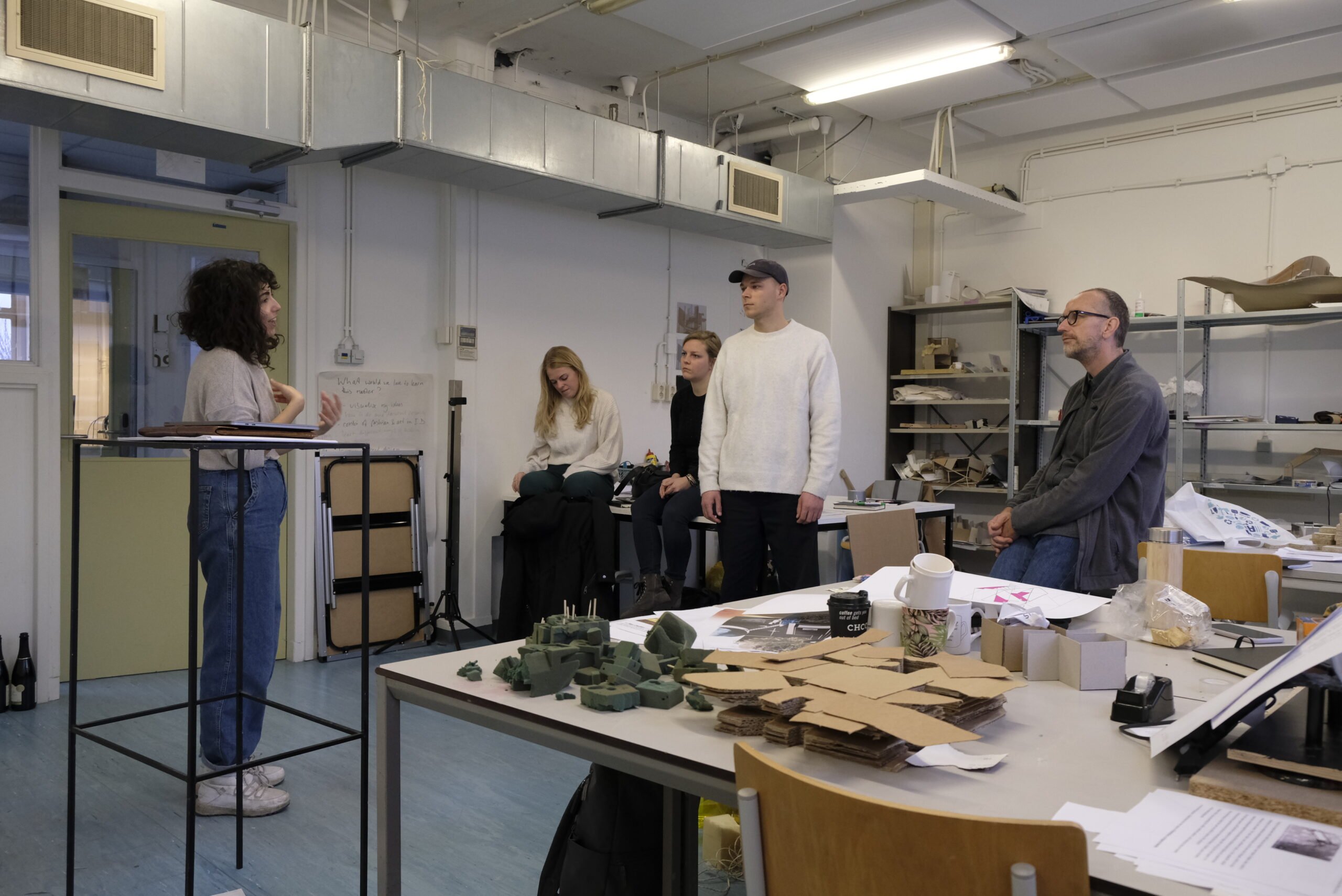
Ingrid van Zanten (head)
Roos Krootjes (programme coordinator)
+31 (0)38 42 70 500
corporeal@artez.nl
https://corpo-real.artez.nl/in
@corporeal.artez
ABOUT
Spread power by space, why this theme?
At this moment, big problems such as ecological unbalance and climate change, extreme and illegitimate social and economic inequalities, corrosion of democracy, loss of credibility of political institutions or difficulties to legitimate political decisions, remain unsolved and even increase. The dangers of these problems are well-known and researched for decennia or even centuries. Many reasonable solutions lie ahead, developed, and thought through by renowned scholars, citizens and entrepreneurs.
In recent years we have seen several manifestations of the power of the people, and of democratic awakenings; some violent, some bodily, spatial, or digital, poorly or deeply informed, some smart, methodical or ad hoc, with or without money or tractors. What can students learn from them? And their historical precursors?
Follow the Power
Although the route of economic power and political power often go parallel, there are of course more factors of political power-unbalance such as unbalance of violence-protection, knowledge-information, transparency-privacy, physical and mental health and comfort, space for voice and expression as well as for refuge and escape. These routes are worthwhile to investigate for spatial researchers.
The (ab)use of space, urbanism, and architecture for exercising or symbolizing concentrated and/or illegitimate (political) power by the powerful is largely researched, not the least in the aftermath of fascism (names).

Dissolve harmful concentrations of power
We are even more interested in the ways, that political power takes, has taken and can take when de-concentrating, also beyond the dominant property-conditions, nation-state-concepts, and ideologies. How spatial and bodily interventions and methods (possibly avoiding violence) can help people to spread power, to regain power or to prevent concentration of power deserves exploration, experiment, and collection. Although there is a considerable stock of theory and knowledge about participation-methods and democratizing strategies in urbanism and (interior) architecture, these have not till this moment dissolved the largest concentrations of property and political power nor prevented the ongoing concentration.
Developing tools for ethical orientation, power detection and owned influence. Last not least we want to help students to gain and spread political power according to their own ethical compass possibly with the help of spatial methods, research, and interventions, and possibly within a safe space of negotiation beyond violence and beyond muting the voice of others.
Grave and complex problems
This case study, part of the curriculum, deals with the outside world. In recent years the problems of this ‘outside world’ have increased in urgency, gravity, and complexity. Envisioning them from the perspective of a single organization might be a too narrow frame to face them. A long-term research line offers a broader perspective and allows us to face problems and themes that transcend the scope of one batch of students, the amount of work they can do and the short-term concerns of the year.
Time-bridging cooperation
In the case study, cooperation is an important learning-purpose. Not only to make students fit for the diverse and complex work field and adaptive to the different roles they will have to play as designers, architects and researchers, but also to empower them. To teach them strategies to organize themselves, help and empower each other, and pursue their own (ethical) interests or chose the interests they serve more freely. (Which does not happen automatically for interior-architects, who are often female, in the architecture-work field which is largely dominated by males and money.)
A longer lasting research line will, increase the notion of cooperation and owned influence not only within the batch of students, but also grow a conscience of owned history and owned future; students do not only study and build on famous researchers, (interior)architects and artists, but also on previous work of other students and lay the base for their successors.

Corpo-real is located in Zwolle, where students and tutors develop a research-driven spatial design practice geared towards an unknown future. The current reality of new unfolding societal and political structures, discrimination, gender issues, scientific and technological developments challenge us in profound ways. We invite our students to address recent and future societal changes, based on an understanding that whatever has worked well in the past may not be sufficient in the future, and that many of these changes are too broad and complex to address using existing methods.
Therefore, we encourage our students to make good use of knowledge from other disciplines, through collaborations within and outside ArtEZ. Throughout the programme, students are introduced to, and learn to work with, research methods from various disciplines such as anthropology, sociology, theatre, curating, or literature.
Ingrid van Zanten (head)
Roos Krootjes (programme coordinator)
Phone: +31 (0)38 42 70 500
corporeal@artez.nl
https://corpo-real.artez.nl/in
@corporeal.artez

Ingrid van Zanten (head)
Roos Krootjes (programme coordinator)
+31 (0)38 42 70 500
corporeal@artez.nl
https://corpo-real.artez.nl/in
@corporeal.artez